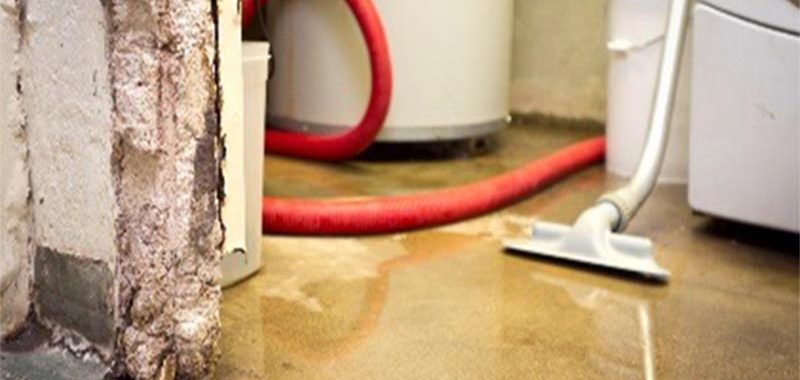How Bad?
A freeze-related burst does not immediately result in the flooding of a building; the blockage that pressurizes and then bursts the line also temporarily isolates it. Flooding occurs when the ice blockage eventually thaws out.
There will be an initial escape of water from the isolated segment, but this is trivial compared to the hundreds of litres per hour available on the other side of the ice plug. Problematically, bursts are statistically more likely to occur along longer runs to peripheral fixtures, such as those serving upstairs bathrooms. Often located directly below these is the most architecturally expensive and mission critical space of the house – yes you were right, the kitchen. A few thousand litres of water can quickly dispatch tens of thousands of dollars worth of cabinetry, finishing and flooring.
But, again, this all depends on certain conditions and events, followed by an operational failure to take simple preventative and mitigating measures – insulating pipes, opening taps, and closing the main shut-off supply.


